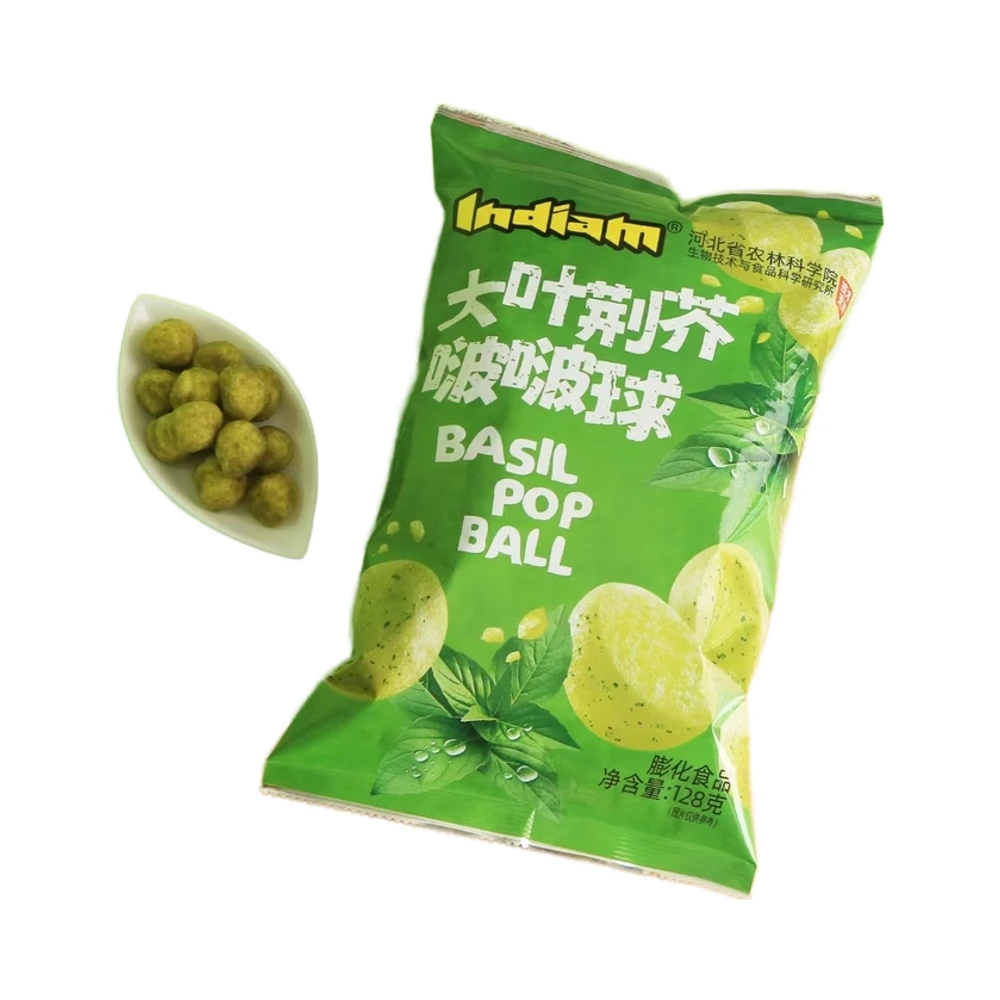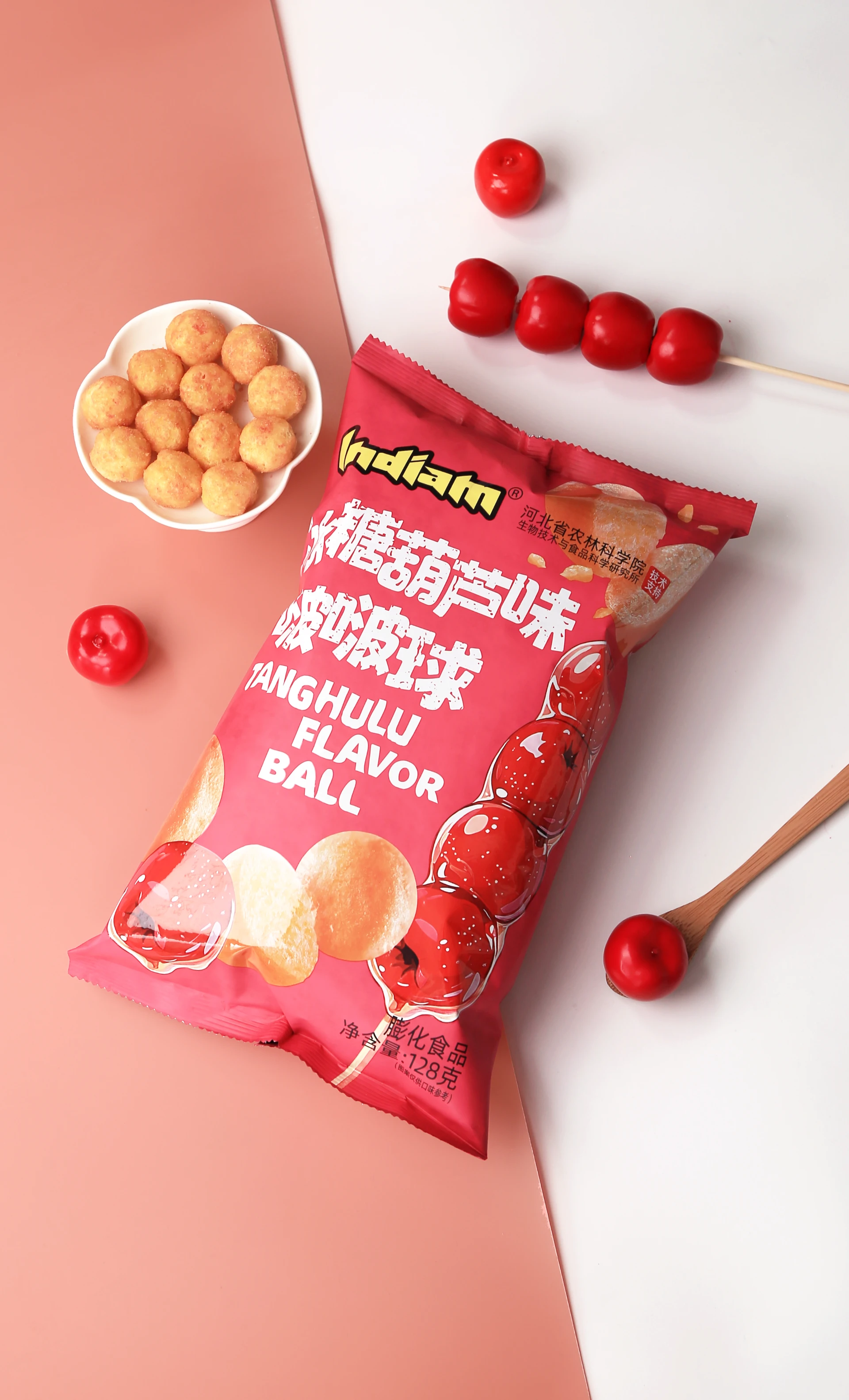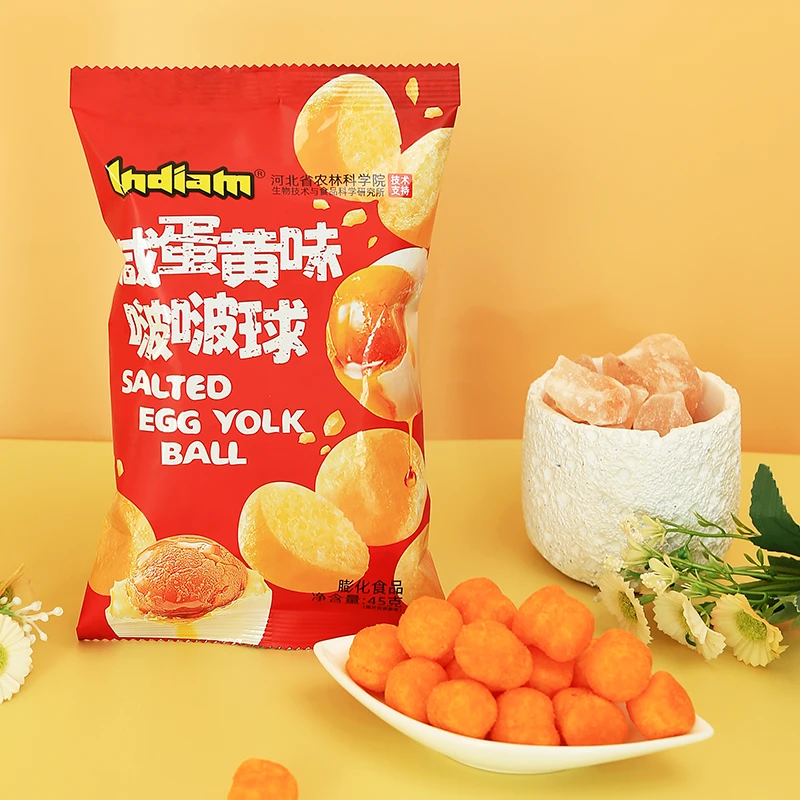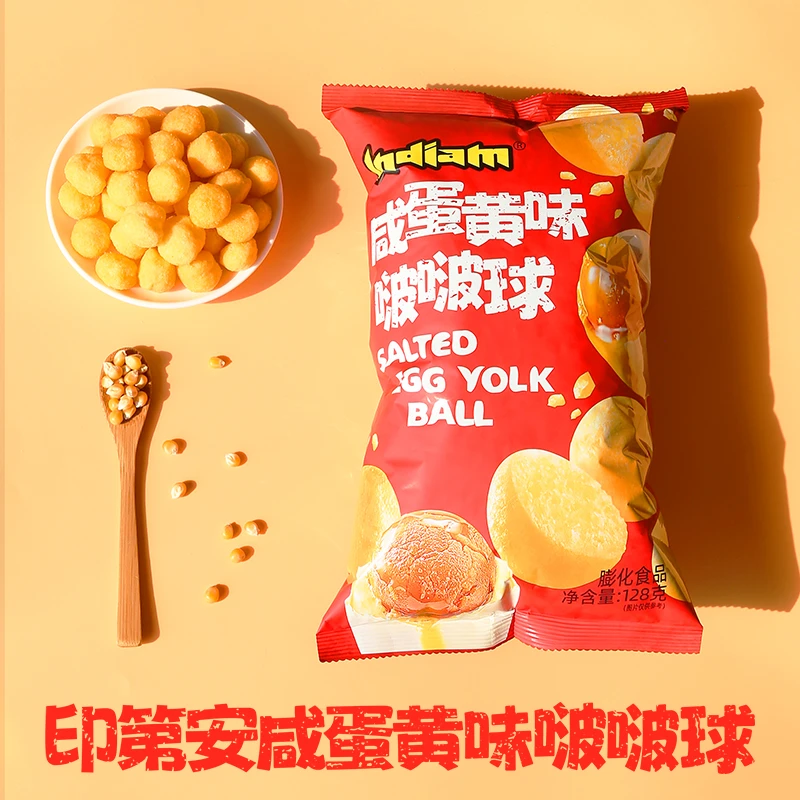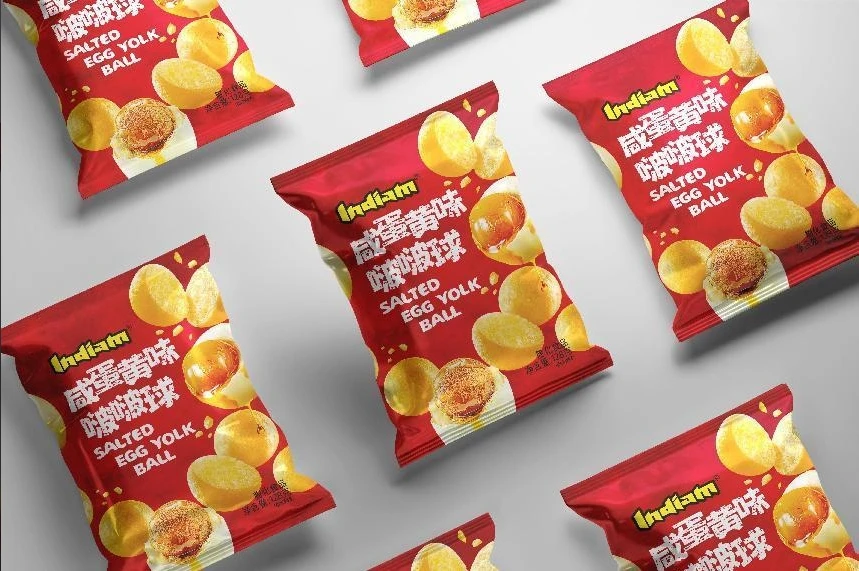Healthy Snacks for Calorie Deficit Delicious & Nutritious Snack Options for Weight Loss
- Comprehensive introduction to healthy snacks for calorie deficit
- The science behind calorie deficit and snacking
- Nutritional technologies enabling healthy calorie deficit snacks
- Comparative analysis of leading snack manufacturers
- Exploring custom snack solutions for diverse needs
- Real-world application cases and measurable outcomes
- Summary and future outlook for healthy snacks for calorie deficit
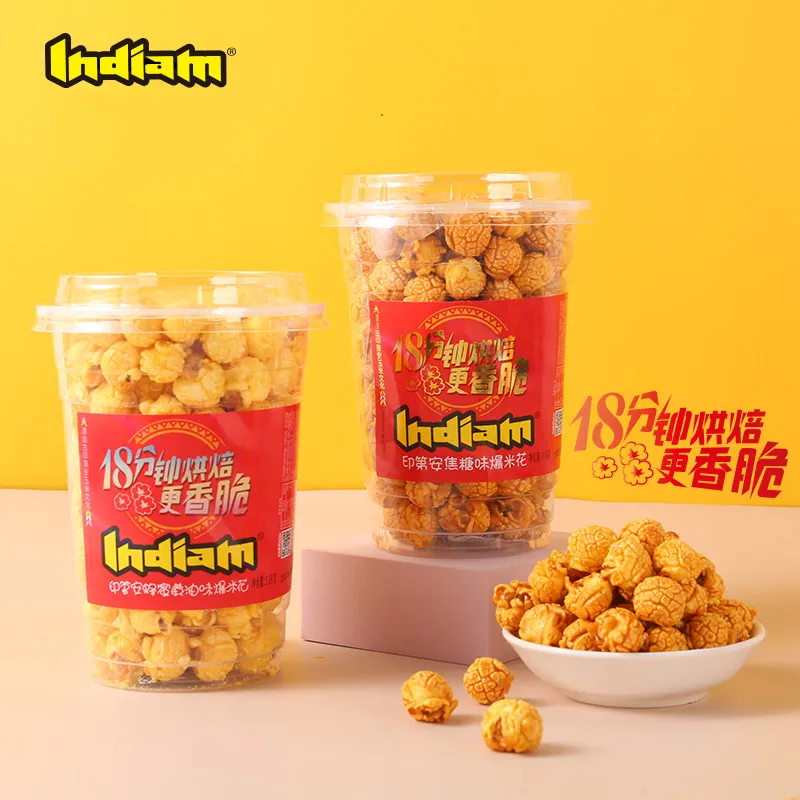
(healthy snacks for calorie deficit)
Unveiling the World of Healthy Snacks for Calorie Deficit
Adopting a calorie deficit diet is a proven and sustainable method for fat loss and maintaining optimal health. However, one of the principal challenges in this journey is curbing hunger and cravings without jeopardizing your nutritional goals. This is where healthy snacks for calorie deficit play a pivotal role. Today’s market offers a diverse range of nutritional options designed to satisfy hunger, supply essential nutrients, and still align with calorie restriction needs. Understanding the right balance of macronutrients, ingredient quality, and satiety index is critical when selecting snacks intended for calorie-deficit lifestyles. In this blog, we provide an in-depth exploration into how the right snacks support your fitness objectives without sacrificing taste or satisfaction.
The Science Behind Calorie Deficit Snacking
Achieving a calorie deficit requires a fine balance—reducing caloric intake while ensuring nutrient sufficiency. According to the National Institutes of Health (NIH), a daily deficit of 500 to 750 kcal typically results in safe and sustainable weight loss of about 1-1.5 pounds per week. Snacks, however, can account for up to 24% of average daily calorie intake for adults in the US (Source: CDC). Hence, intelligent snack selection is paramount.
For a snack to qualify as calorie-deficit-friendly, it should be:
- Low in calories (ideally <150 kcal per serving)
- Rich in protein and fiber to enhance satiety
- Low in added sugars and unhealthy fats
- Composed of nutrient-dense, minimally processed ingredients
A meta-analysis published in the American Journal of Clinical Nutrition demonstrates snacks high in protein and fiber are linked to higher satiety and reduced subsequent meal intake, directly facilitating a calorie deficit. This scientific foundation underscores the importance of snack composition over mere calorie count.
Nutritional Technologies Enabling Healthy Calorie Deficit Snacks
Technological advances have fundamentally altered how healthy snacks are formulated. Modern processing techniques allow manufacturers to enhance nutrient density, optimize textural appeal, and increase shelf-stability—while avoiding excessive additives or calorie-boosting fillers. For example, air-popping, vacuum-frying, and advanced dehydration retain vitamins and minerals while significantly lowering the fat content compared to traditional frying.
Ingredient innovation is also key. Plant proteins (pea, chickpea, lentil), prebiotic fibers (chicory root, inulin), and superfoods (chia seeds, spirulina) are now commonly integrated for high-protein, high-fiber compositions with minimal caloric load. These technologies further empower customization for various dietary requirements including gluten-free, vegan, and allergen-friendly snacks. Brands are also leveraging data-driven nutritional profiling to design products suited for specific caloric deficits, body types, or metabolic needs.
Below is a comparison of prevalent processing methods and their impact on nutrient retention and caloric values:
| Processing Method | Typical Fat Content (%) | Vitamin Retention (%) | Average Calorie per Serving |
|---|---|---|---|
| Deep Frying | 22-28 | 60 | 220 |
| Air Popping | 2-4 | 82 | 89 |
| Vacuum Frying | 11-15 | 76 | 142 |
| Dehydration | 1-3 | 85 | 75 |
Comparative Analysis: Leading Healthy Snack Manufacturers
Selecting the right healthy calorie deficit snacks also involves evaluating manufacturers based on their ingredient transparency, nutritional density, and taste innovation. As the demand for functional, low-calorie snacks has skyrocketed, several brands stand out for their dedication to both health and flavor.
| Brand | Primary Ingredients | Calories per Serving | Protein (g) | Fiber (g) | Sweetener Type | Allergen Options | Innovation Score (1-5) |
|---|---|---|---|---|---|---|---|
| KIND | Nuts, grains, honey | 110-130 | 4 | 5 | Honey, Sugar | Gluten-Free Options | 4 |
| RXBAR | Egg whites, nuts, dates | 130-140 | 12 | 5 | Natural | Gluten, Dairy-Free | 5 |
| BadaBeanBadaBoom | Fava beans, seasoning | 100 | 7 | 5 | None | Vegan, Soy-Free | 4 |
| CHOMPS | Grass-fed beef, spices | 90 | 9 | 0 | None | Pork-Free, Non-GMO | 5 |
| HIPPEAS | Chickpeas, rice flour | 130 | 3 | 4 | Organic Cane Sugar | Vegan, Gluten-Free | 4 |
As the table indicates, RXBAR and CHOMPS offer high protein with comparatively low calories, ideal for muscle retention in deficit diets, while BadaBeanBadaBoom and HIPPEAS excel in plant-based options. Each manufacturer provides tailored solutions for individual dietary sensitivities, giving consumers abundant choices.
Customized Snack Solutions for Personal Calorie Deficit Goals
No single snack fits all when it comes to calorie deficit. Customization is rapidly emerging as a key trend. Modern digital platforms and direct-to-consumer (DTC) brands now provide snack personalization based on metabolic rates, allergies, taste preferences, and fitness goals. Customers can select macronutrient ratios, calorie targets, and functional ingredient enrichment (such as probiotics or adaptogens).
For those following specialized diets—be it ketogenic, paleo, or intermittent fasting windows—tailored snack kits are gaining popularity. Technologies such as AI-driven nutrition analysis and subscription models enable ongoing adjustments to ensure alignment with desired energy deficits.
- Meal Kits: Providers deliver portion-controlled snacks, adapting to weekly progress or feedback.
- Sugar Control: Integration of non-nutritive sweeteners or fruit-based alternatives for insulin management.
- Micro-portion Packs: Optimized for office, travel, or post-workout consumption to prevent accidental overconsumption.
- Allergen Screening: Systematic exclusion of major allergens, monitored by integrated platform databases.
This approach not only elevates health outcomes but fosters consumer loyalty through ongoing customization and education.
Application Examples: Case Studies and Impact Analysis
Let’s examine the tangible impact of implementing calorie deficit snacks within different settings—corporate wellness programs, fitness training regimens, and clinical interventions.
-
Corporate Wellness:
Company A integrated portion-controlled, high-protein snacks into employee breakrooms over 6 months. Data showed a drop in average daily caloric intake from snacks by 19%, coupled with a 14% self-reported improvement in energy levels and a 10% reduction in afternoon drowsiness episodes. -
Fitness Coaching:
A leading gym replaced traditional bars with scientifically designed calorie deficit snacks during client nutrition plans. Over a 12-week period, clients experienced an average fat loss of 4.5% body weight compared to 2.7% with standard snacks, while maintaining muscle mass. -
Clinical Weight Management:
Medical centers offering customized snack boxes (high fiber/protein, <100 kcal) to obese patients observed better compliance, with 67% of participants sustaining a daily deficit of 600 calories without increased hunger complaints. Follow-up demonstrated notable improvement in overall biometric markers.
These real-world scenarios underscore the tangible benefits of strategic snack integration beyond theoretical models, emphasizing measurable health and wellness outcomes.
Summary and Future Outlook: Healthy Snacks for Calorie Deficit
The landscape of healthy snacks for calorie deficit is driven by scientific understanding, technological innovation, and personal customization. As consumer knowledge and expectations rise, we anticipate even greater integration of precision nutrition, nutrient tracking, and sustainable ingredients in snack production. Brands leveraging transparent ingredient sourcing, advanced processing techniques, and AI-powered customization will solidify their positions in this rapidly evolving market. The synergy between data, science, and culinary creativity ensures that snacks will continue to play a central and positive role in achieving calorie deficit goals, supporting not only weight management but lifelong health.
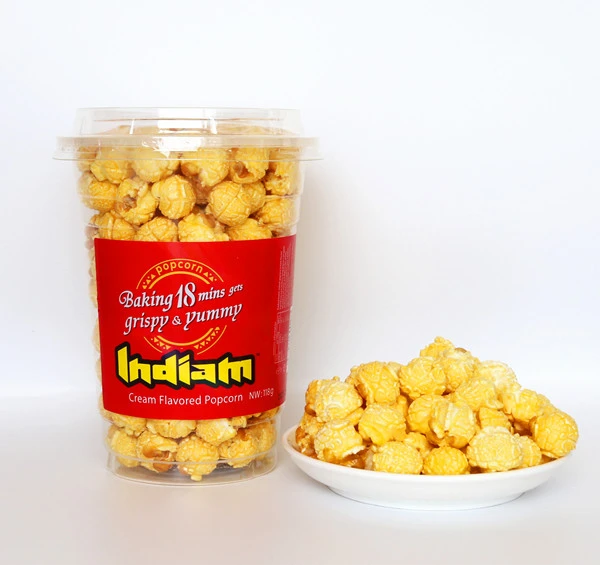
(healthy snacks for calorie deficit)
FAQS on healthy snacks for calorie deficit
Q: What are some healthy snacks for calorie deficit?
A: Healthy snacks for a calorie deficit include Greek yogurt, berries, and raw veggies with hummus. These options are low in calories and high in nutrients. They can help you feel full without exceeding your calorie goals.Q: How should I choose healthy calorie deficit snacks?
A: Look for snacks that are high in fiber and protein but low in added sugar and fats. Examples include air-popped popcorn, apple slices with peanut butter, or cottage cheese. These will keep you satiated and support your calorie deficit.Q: Are there low-calorie deficit snacks that also taste good?
A: Yes, snacks like rice cakes with avocado, carrot sticks, or frozen grapes are delicious and low in calories. They make it easier to stick to your calorie deficit goals. Focus on snacks with natural flavors and minimal processing.Q: Can I eat snacks and still maintain a calorie deficit?
A: Absolutely! You can enjoy healthy calorie deficit snacks as long as you track their calories within your daily goals. Choose portion-controlled, nutrient-dense options for best results.Q: What are easy calorie deficit snacks to prepare at home?
A: Some easy options are boiled eggs, vegetable sticks with yogurt dip, and plain rice cakes. These calorie deficit snacks require little prep and support your healthy eating plan. Always measure portions to ensure you stay within your calorie limit.Post time: Jul . 07, 2025 04:09





